Industry conferences are back! I just returned from a two week business trip. First I flew to Tampa to attend the LIMRA Life Insurance Conference at the end of April. I was then invited by the National Brokerage Agencies (NBA) to speak at their Spring Conference in Dallas. From there, I flew to Denver to attend the Association of Home Office Underwriters (AHOU) Annual Conference. Each one of these conferences had great attendance, top speakers, educational sessions, and exhibitors with new innovative products and services. I learned a lot, and it was a fantastic networking opportunity. There are so many conferences happening throughout this year 2022 hosted by industry associations, IMOs, and technology groups; it’s almost impossible to attend them all. This is a nice problem to have as to which ones to pick to attend, sponsor, and/or where to exhibit. Many companies have the resources to split their teams to cover multiple conferences, especially those that may be happening around the same time. The best part is the positive energy you feel when people appreciate the in-person interaction that was lacking during the hiatus period in the last two years because of COVID. I did attend a couple of conferences late last year but they had lighter attendance, and some were hybrids with remote participation. Just not the same.

Challenges fuel opportunities for Life Insurtech
Exhibiting at both the LIMRA Life Insurance Conference and at the AHOU Conference, I met with the Sapiens team. Sapiens is an industry leader in carrier new business and underwriting systems for both life and property and casualty business. I spoke with Jennifer Smith, vice president of Life and Annuity Products in North America, about the opportunities they are seeing in the market today: “Between the complexities of life products, shifting business models, and ever-changing consumer expectations, the demand for impactful and innovative solutions to support the distribution market continues to grow. New opportunities to increase customer retention and build your multigenerational book of business have become game changing imperatives in this new dimension of insurance. And, of course, technology continues to play a pivotal role in helping to strategically transform the channels in which we communicate, operate and market. The market is flooded with insights on how the challenges of the past two years have caused companies to squeeze in several years’ worth of innovation and ideas into narrow frames. Yet the continual challenge of creating an all-encompassing platform, which can seamlessly support the entire cast of the insurance ecosystem—carriers, brokers, technology partners, and the customer—remains a challenge.”

For many organizations, the benefits of selling directly to consumers—higher margins, faster turnarounds, access to customer data—should be an ace in the hole. The ability to offer your clients an omnichannel “online experience with the similar capabilities and experience of being face to face,” is crucial these days. “During our recent Sapiens Customer Council,” Smith continued, “where a few dozen of our North American customers gathered, one of our life carriers noted that they have an 80 percent close rate when a consumer comes to their website directly and an agent was recommended to them. It was also noted that one of the reasons this carrier is better able to meet customers needs, is that they partnered with a progressive solution provider, Sapiens, who helped them reshape and redefine the ‘sold, not bought,’ and integrate the right tools and technology to support both customer demand and business needs.
“One of the beneficial components, in this new frontier, has become the Sapiens Illustration solution, which is enabling the agent to easily run simple and complex ‘what if’ scenarios to show and explain to the consumer how the insurance product will behave, how value accumulates, and what their premiums are doing to protect them. Instead of competing with the ‘Amazon Effect,’ our customer determined that if they could deliver real-time data insights for the broker and client, reduce time in to fill-out the application, underwriting, and errors, that they could focus more on what matters most—ensuring that customers are given exemplary agent or advisory experiences. Evidence is pointing to the fact that today’s up and coming agents have very different expectations of their experience and engagement with the tools required to explain and illustrate life insurance as the initiation of a good customer experience with an insurance carrier. They want intuitive capabilities that walk a customer through the life of an insurance policy and then they want that detail entered to continue through the process of applying for the illustrated product and hopefully enable point of sale decisioning or indication of the rating.
“We continue to work with consumers, carriers and partners across the life industry, demonstrating digital and differentiating ideas to better help close the life insurance protection gap. Leveraging decades of experience along with innovative ways to drive adoption of life products—either through new direct to consumer channels, or through current (or new) agent networks—we are fueling new methods and opportunities to educate markets on the importance of protecting their families and future.
“While so many things continue to shift and change, those of us who have been in the industry know that there has been one constant on the life side, and that is insurance is a product that’s pretty fraught with emotions. Going forward, the ability to empower agents to continue to educate, empathize and market products that have purpose, value, and deliver a sense of protection and security, will continue to create opportunities for those who are first to adapt to the new reality. Our Sapiens solutions for New Business and Underwriting are already helping life and annuity carriers navigate and evolve in this new era, and yesterday’s challenges only fuel our ability to deliver on the opportunities for tomorrow and beyond.”
Turning on the Power of EHR Data
AHOU is definitely a mass gathering of life insurance underwriters, data scientists, and anyone related to the underwriting process. Exhibiting at the conference was Diameter Health; specifically I met with Dr. Paulo Pinho, vice president and medical director. He explained that medical underwriting has traditionally been a manual process requiring skilled resources to sift through attending physician statements (APSs). Comprised of hundreds of pages delivered as PDF files, today’s APSs—while based on data that is captured in electronic health records (EHRs)—are essentially paper analogs that require underwriters and medical directors to use the same time and resource-intensive processes to find data critical to risk assessment. Some carriers, re-insurers and insurtech vendors have recognized that the ubiquity of EHRs and subsequent availability of clinical data in near real-time could be disruptive for underwriting—delivering data elements that are most relevant to risk assessment directly into underwriting workflows. Theoretically, this should enhance automation, improve speed to issue and improve client experience. However, their exploration of EHR data has uncovered the fact that raw clinical data poses challenges due to poor data quality, inconsistency, and lack of interoperability, particularly in the most complex patients who may see multiple providers in multiple care settings.
“Diameter Health’s Fusion technology is purpose-built for turning raw clinical data into a high value data asset. It ingests multi-source, multi-format data and generates a semantically normalized longitudinal record that makes key data points accessible to underwriters. Diameter Health’s comprehensive and scalable technology has tackled the high volume, multi-source aggregation required by the nation’s Health Information Exchanges, health insurance payers, state and federal governments, and more recently a portfolio of life insurance ecosystem players. Our life insurance clients realize that claims data has its gaps, medications don’t tell the full story, and individual labs represent one point in time and not the line that connects discrete points. They realize that clean clinical data is the thread that mitigates gaps, weaves the full story, and forms the line that transforms the episodic into the continuous—these transformations are critical to an evidence based, client centric and seamless underwriting experience.
“Beyond an APS replacement solution, clean EHR data is the foundation for accelerated underwriting, claims and disability cover. Timely, rich population data can drive pricing, client engagement, fraud detection, new product design and even dynamic underwriting premised on a wellness model. Diameter Health is the enterprise data quality solution necessary to disrupt life insurance through automation and simplification.”
Life insurance technology innovations from back office policy admin systems to distribution digital point of sales solutions and enhancement in automating underwriting are advancing significantly. The best way to get your arms around all the great changes happening in the industry is to get out on the road and visit customers, carriers, vendors and industry events.















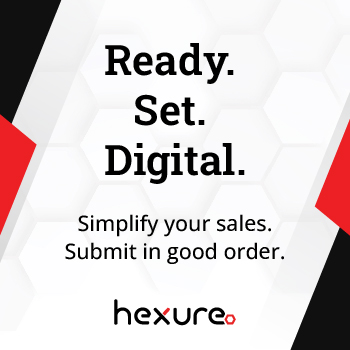

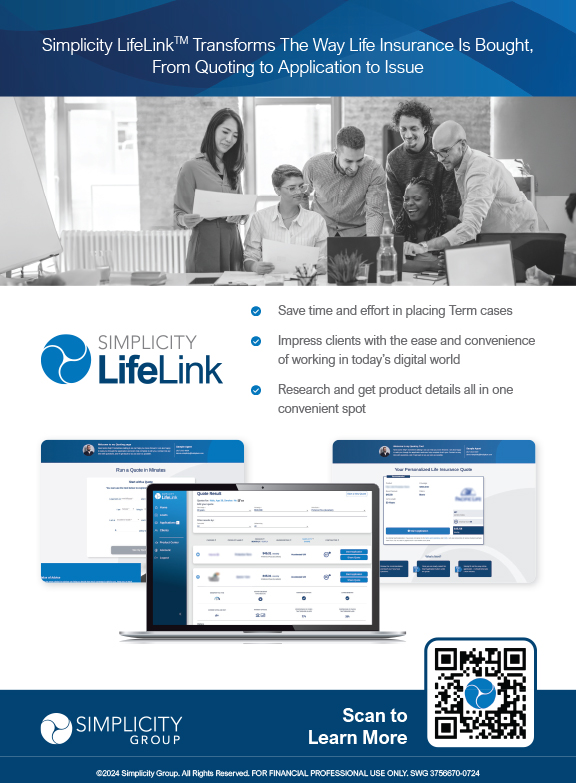

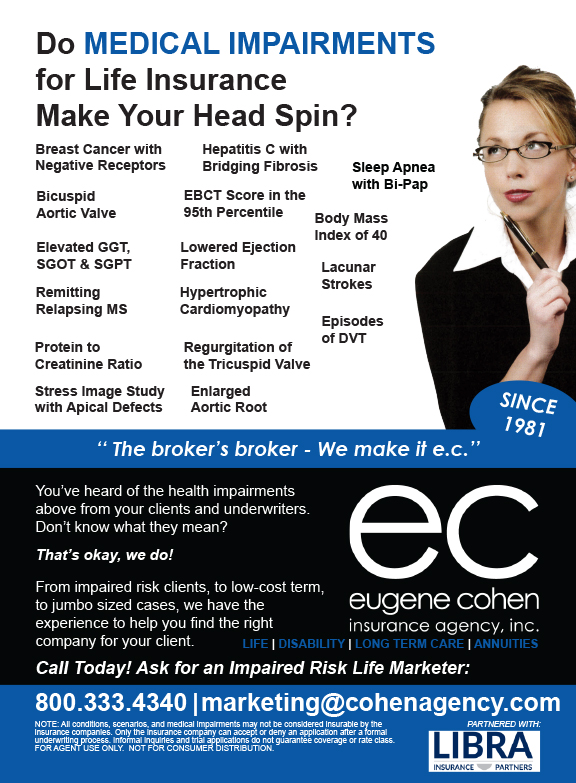
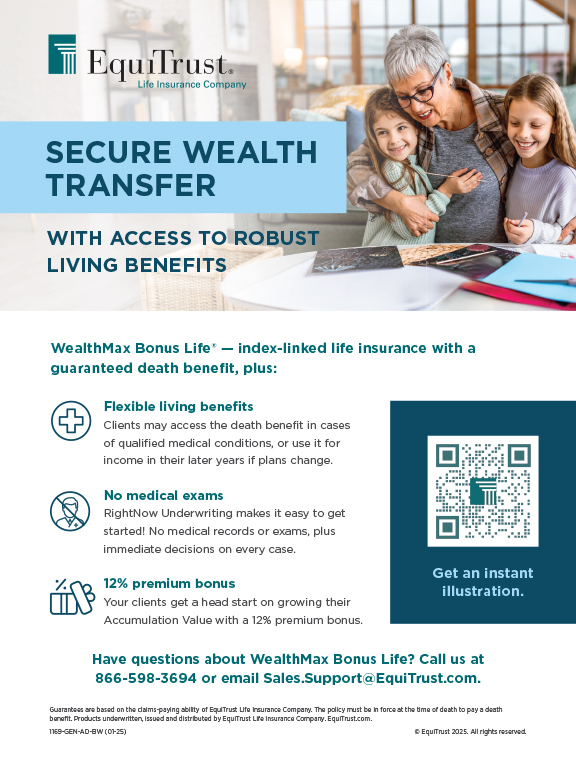


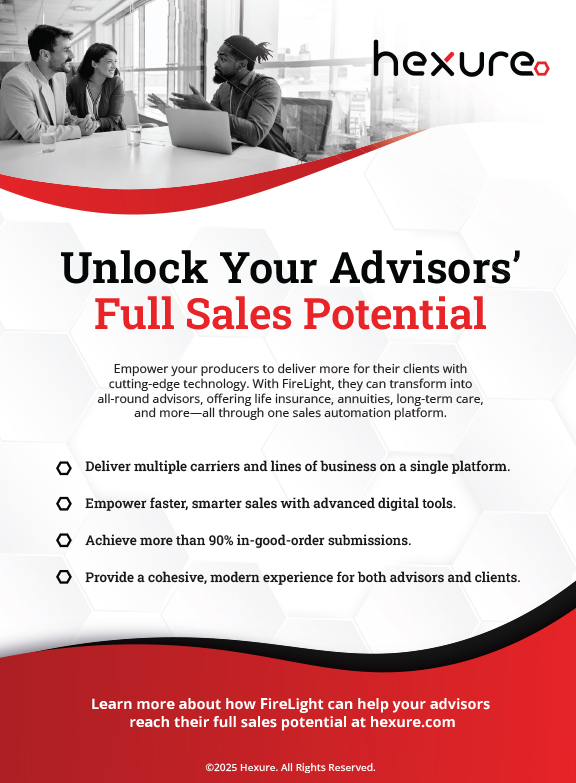
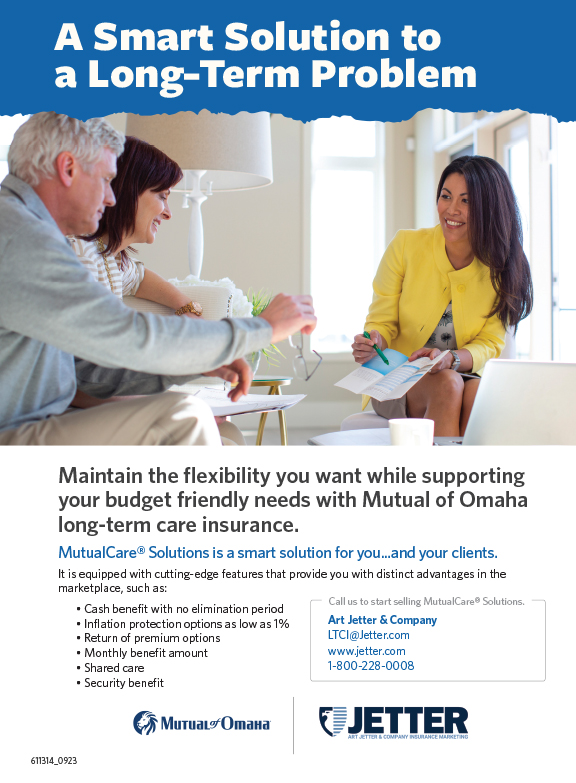

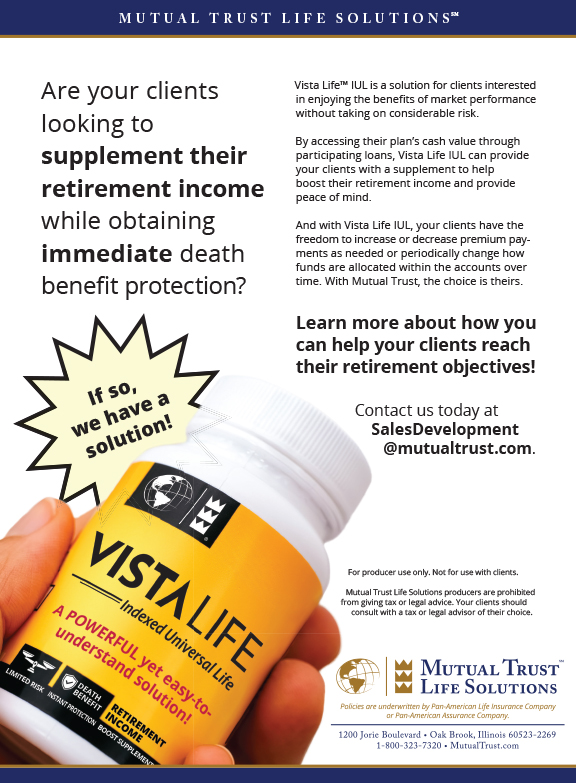
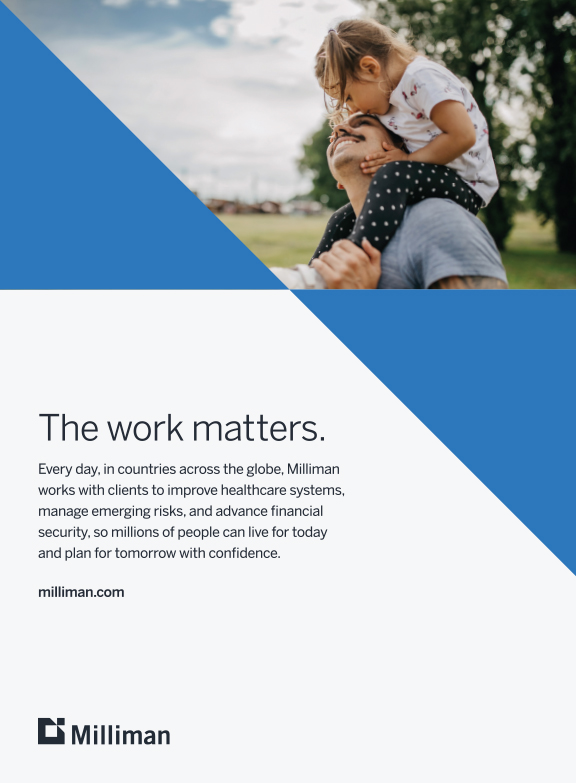

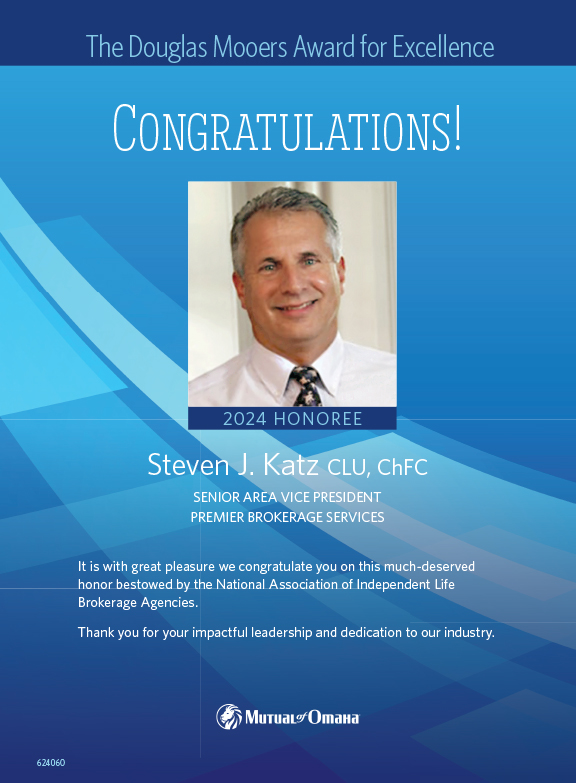
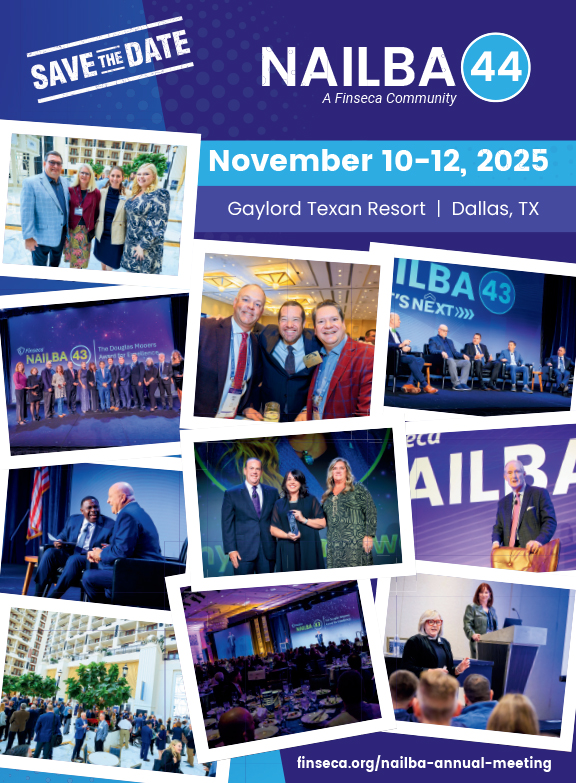
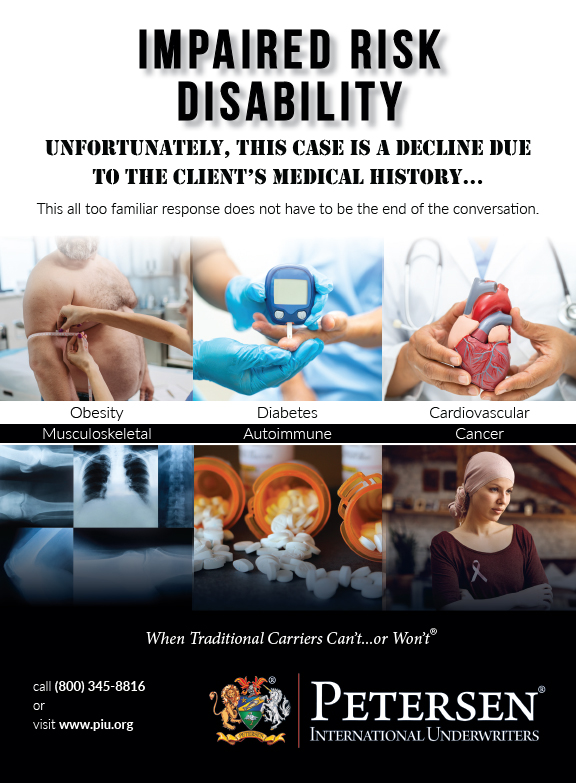
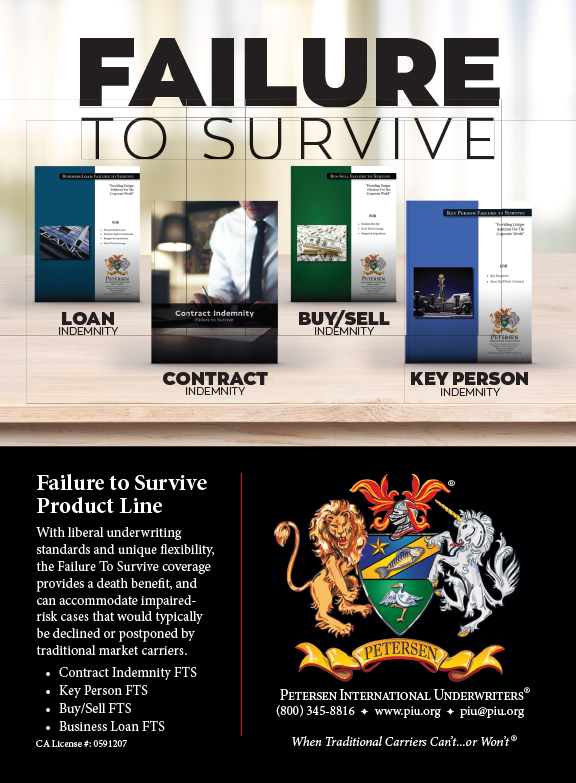
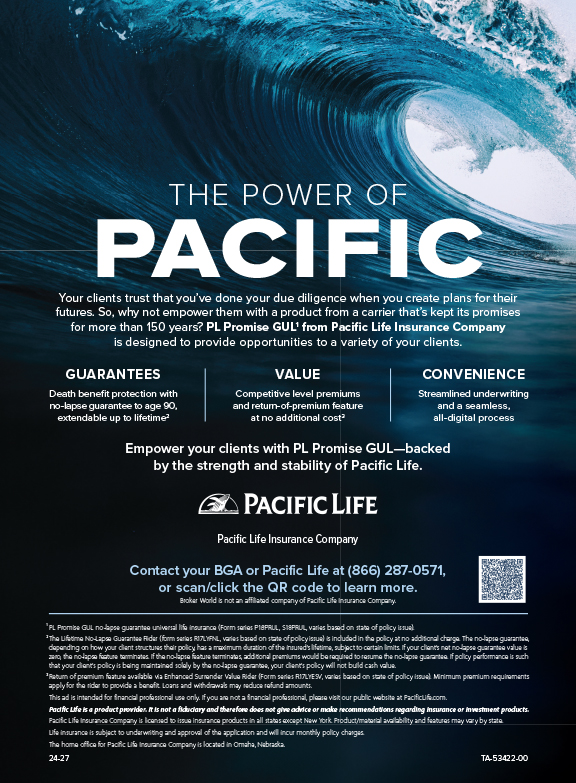

Insurance Marketing Automation For Distributors/Advisors And API Magic For Carrier Illustrations
In my last Tech-Tock article, I wrote about learning about the latest innovation in insurtech by attending onsite industry conferences. I am very excited to continue to inform you of the latest technology that can help your business grow and stay on the cutting edge. Sorry for the cliché. I continue to discover more new tech innovations and solution providers. This article is focused on two topics. The first is automation in insurance marketing. Whether you are a BGA using the platform or offering it as an agent recruiting tool, you will learn about the power of automated marketing for direct to consumer insurance sales. As I try not to be too technical when writing this column, you have seen since last year that I occasionally write about APIs to educate you on the next generation of sharing information and creating a seamless user experience. I have discovered another powerful API solution that is simply magical for carriers who are developing illustrations for new insurance products.
Conquer Your Marketing With One Solution
For insurance marketers jockeying for position in an ultra-competitive market space, the name of the game is leveraging formative tech tools to enhance customer outreach, increase conversion and retention rates, and boost ROI. Fortunately, as communication methods evolve, Phonexa’s all-in-one marketing automation solution for calls, leads, clicks, email, SMS, accounting, and more has shaped how insurance direct marketers and carriers connect with consumers and make more financially sound marketing decisions. Automating marketing initiatives allow insurance agencies to rely more on organic marketing and new technology to complement their back-end leadgen processes. Recent case studies have found that Phonexa helps insurance providers, agents, and agencies reach their full business potential through an all-encompassing automation platform.
Key highlights include:
There are multiple solutions that are critical to the success of automating marketing. Starting with data analytics, which needs to have fast-loading real-time data insights that uncover key information about your insurance lead generation and ROI. You then need an application to handle your calls. Insurance lead applications for inbound calls help you create better customer interaction. Reporting is key to measuring results, especially comparison reports. These reports help identify the most relevant data specific and KPIs specific to your campaigns. You need an application that can filter by geographic area, such as by state, to measure campaign performance and outcomes by a specific region. In order to get adoption, speed-to-contact technology is essential. These LeadGen and communication tools are needed to initiate an efficient customer outreach. Now personalized outreach utilizes outbound calls, emails, and SMS tools for personalized drip campaigns and contact with insurance client segments. Traffic flow optimization allows you to segment your incoming insurance leads to vet out low-intent clients and re-engage lapsed prospects. Phonexa, https://phonexa.com, offers all of these tools as an All-One-Element that integrates all of your lead generation and management in one place in a comprehensive tech stack that covers all areas and demands of the business.
Do Not Be Afraid of APIs
In New York at the Insurtech Insights Conference back in May, I met with the team from Coherent Global, https://coherent.global/. I was amazed at their technology. Even though I am not an actuary, I know tech—this is a game-changer. Nick Leimer, senior technical director at Coherent Global, helped explain in layman’s terms how it all works for their application Coherent Spark.
APIs, (application programming interface) are just a way to connect to different parts of a business process, set of calculations, or both together, while adding speed and flexibility. Think Legos for business processes. Build whatever you want or need from all the parts you have in a box or change out one set of blocks for another. If the process changes, just reconnect the blocks and/or add new ones. Complete flexibility.
What if you had a Lego that would calculate the price for an insurance coverage. Then that Lego could be used by the pricing department to generate the same results with the same inputs and outputs to calculate over and over again and only need to make changes in one location to adjust the calculations in that department. Now think bigger. That block can now be used by the illustration application, and it will always match the results expected from the pricing team. Even bigger still, the same block could feed the valuation system, the project system, and even then the cash flow testing system. The same results from the same block across all business units in different systems. One source of truth managed from one location.
The use of APIs to address this issue is applicable to a wide range of business and process calculations. The same base calculation is used in many different systems with the expectation that the results are consistent in all systems. Anyone who has been part of a large transformation or upgrade project has found a calculation or process that should be the same for all parts of the company. But because a system is only rarely used, or will not be used until a later date in the transformation workflow, it is pushed to the bottom of the backlog where it is likely deemed out of scope or forgotten. Now instead of a single source truth for this calculation from an API, the calculations in different systems will be updated at different times by different resources which typically cause the calculations to deliver inconsistent results requiring re-work and timeline extensions.
The solution Coherent Spark has several use cases for life, health and annuity products. It can be used for ”back office” actuarial calculations in which a client uses Spark for common regulatory market value and reserving calculations. It can also be used for new product development and illustrations such as to a complete illustration for a new IUL product and recover botched delivery for new distribution partners. For supplemental health benefits, Spark can be used to create an API from plan design and rate excel model. The last use case is that Spark can be used for life policy administration conversion which significantly reduces costs and risks.
Here are two quotes about the APIs that sum it all up: “They no longer have to build a core application that tries to do everything. Instead, they can contract out certain responsibilities by using already created pieces that do the job better. So APIs are the Lego bricks of software development: Standardized tools for software to communicate with other software, leading to faster building and deployment and faster load times,” says Corey Walther, Allianz Life. And: “Coherent Spark enables an API-based cloud ecosystem making it easier for internal and external processes to talk to one another so data can be quickly handed off from one process to the next, making automation easier and the development and deployment of new workflows quicker,” says Todd Buchanan, US CEO of Coherent.